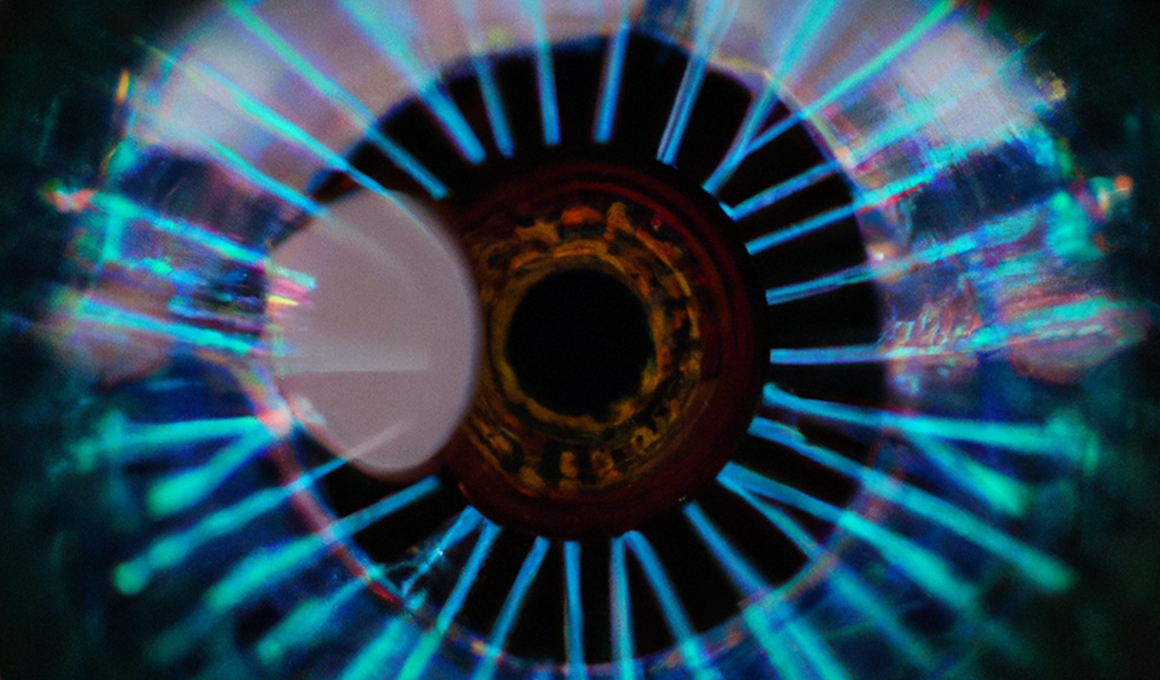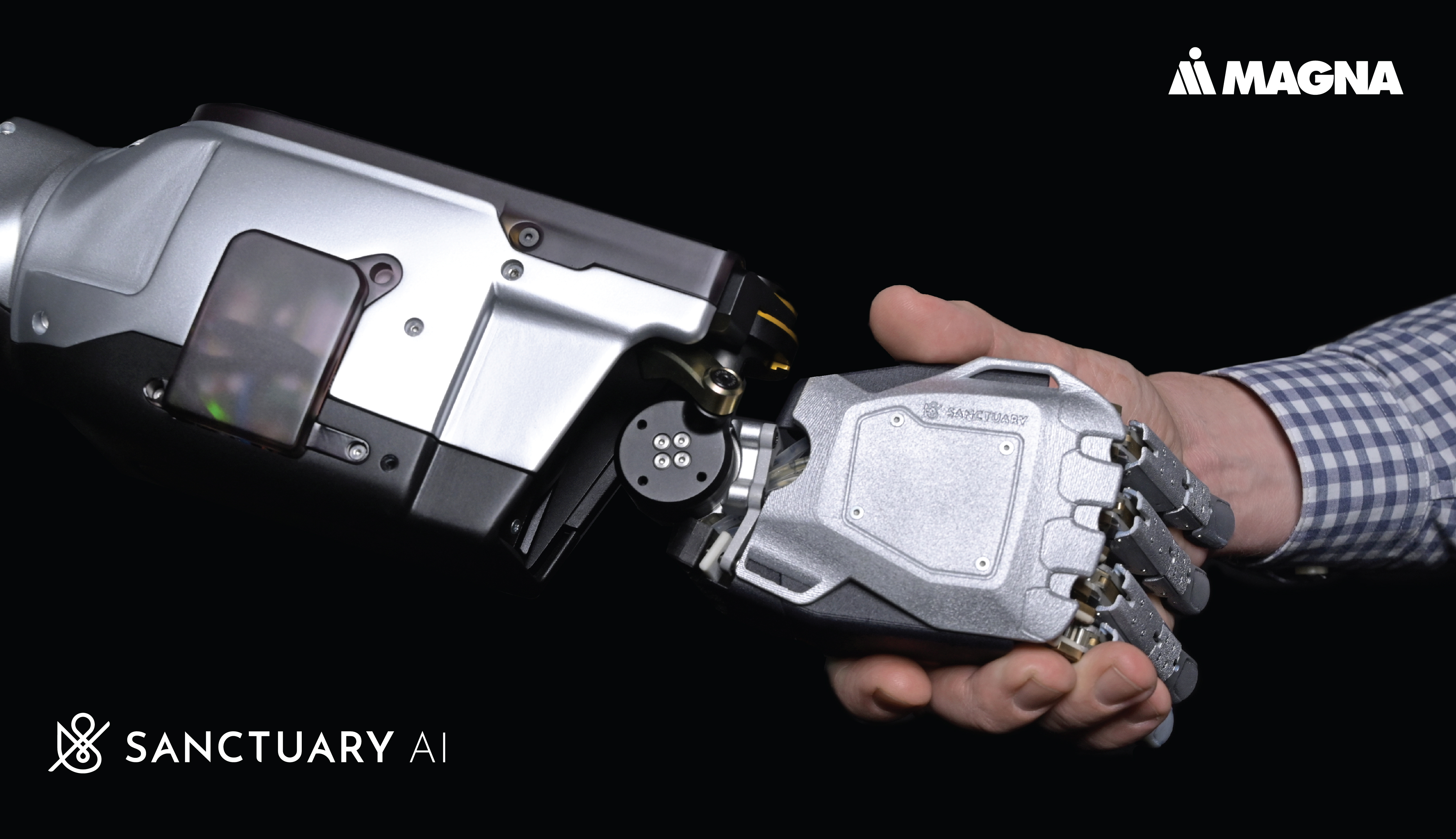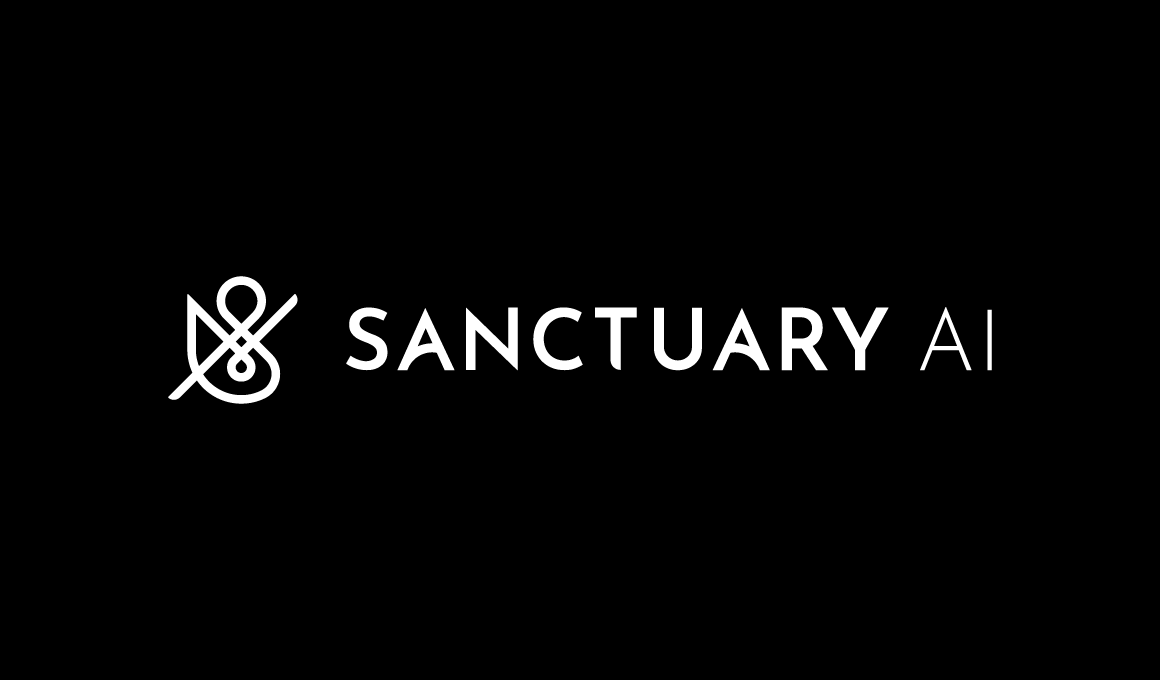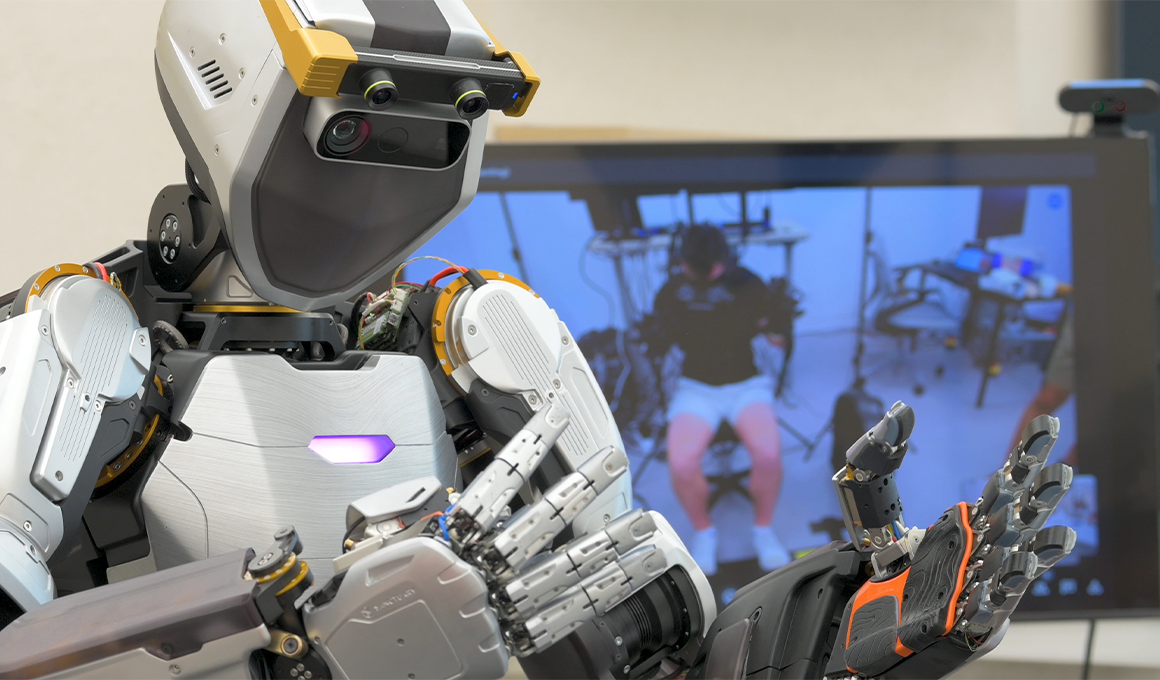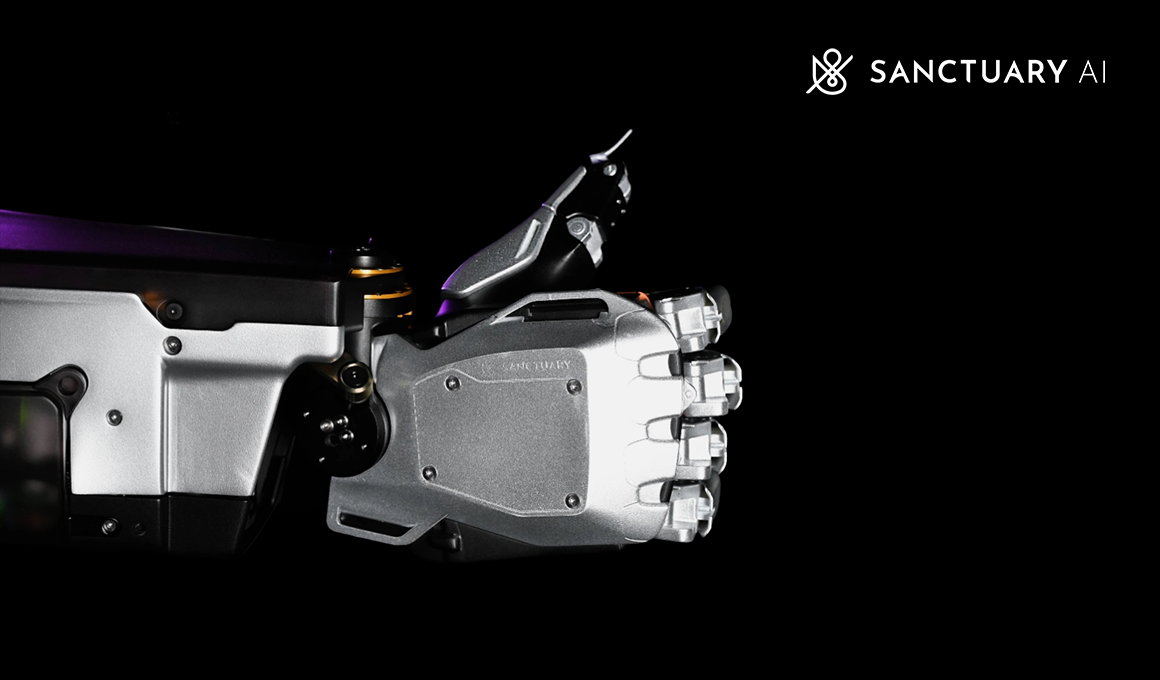
*This image was created with the assistance of AI.
Not everyone gets to see everything we do at Sanctuary AI as and when we do it. That said, when we do choose to communicate things publicly, it’s imperative that we do so honestly and transparently. Leading and pioneering the creation of an entirely new category of technology that will have such a profound impact on society is not a responsibility we take lightly. As such, it’s important to remember that trust is gained in drops, but lost in buckets. Any company wishing to participate in this new and emerging category, not just Sanctuary AI, would be wise to heed these words. The concept of trust is of course a key component in AI and Robotics, but it is also a vital reputational element that no corporation should ignore, no matter how small or large they are.
What we are doing at Sanctuary AI is incredible and different from what almost every other company is working on. It’s hard to tell the story of our work in a couple of captions, images, and 280 characters, and even more challenging as a company who steers away from smoke-and-mirror marketing tactics to only honor the utmost truth in our communications, marketing, and storytelling.
One way in which we share what we’re doing is through a video series called “Robots Doing Stuff” that we launched in November last year. Once or twice a week we post a video showing one of our general-purpose robots performing a task or series of tasks. Almost all of these videos come from one of our internal testing sessions that are conducted almost every day either in one of our labs or at one of our commercial customer’s facilities. The main point of these videos is to show the general-purpose nature of the technology we have created. In particular, the human-like hands our general-purpose robots possess enable them to complete all manner of different tasks with ease such as sorting pills or wrangling a zip-lock bag. And while sometimes it looks like they are doing so at slower speeds than a person can do them, that’s not the point. These videos all include the timecode in the bottom right corner of the frame as a measure of full transparency from our engineering team: none of these videos are spliced together from multiple takes or sped up. They are all shown at real-time-speed (1x) and from one single, continuous take. We do this to stay aligned with our principle of “Acting Responsibly,” which is one of our five Guiding Principles, and to uphold our value of Trust in Robotics and AI.
The dexterity and precision required to perform these types of tasks are often taken for granted. Many things the average person considers difficult–like mastering the game of chess–can be quite easy for AI systems now. It’s the small, simple movements we make with our hands that are the true challenge. Having human-like hand dexterity, as our general-purpose robots do, is very impressive and an engineering marvel. Not only that, but according to the U.S. Bureau of Labor Statistics, dexterous hands are required for more than 98% of all work.
“The Value of Teleoperation”- Don’t Miss the Point
After beginning this series, the most common question we’ve been asked is: “is the robot being teleoperated?” We understand the intrigue behind whether or not the robots are performing work autonomously and–to be clear–our robots can work autonomously. However, in most of the videos we will post for “Robots Doing Stuff,” the robots are being teleoperated by a person.
Our general-purpose robots can be operated in 3 modes: piloted, independently though the AI Control System, or a hybrid of both.
Pilot mode provides many benefits to both Sanctuary AI and our customers. It allows Sanctuary AI engineers to isolate problems and test the capabilities of our hardware separately from the AI Control System. On the other hand, if there is a task the general-purpose robot cannot perform autonomously, a pilot can take control of the robot to complete the work while simultaneously training the system. And lastly, pilot teleoperation is a key step in the Sanctuary AI automation workflow process and provides invaluable data on how to perform a task at the gold standard of a person. You can learn more about the various modes of operation in the following video:
Finally, for a much more detailed explanation of the workflow process, check out the discussion during the third episode of the Sanctuary AI Ground Truth Podcast: Ep. 3 | Workflow Process Explained: Training AI to “Work”.
How to Stay Current with Sanctuary AI Storytelling
The easiest way to stay updated with the happenings of the Sanctuary AI Ground Truth Podcast and “Robots Doing Stuff” is to subscribe to our YouTube channel. You can also follow us on LinkedIn or Twitter, and visit our website for podcast episode updates.
Feel free to comment on the Robots Doing Stuff and podcast videos with your suggestions on what task or tasks you’d like to see the robot doing next and guests you’d like to see on our podcast.
Ben Reed
CMO
Sanctuary AI
____
Sanctuary is on a mission to create the world’s first human-like intelligence in general-purpose robots that will help us work more safely, efficiently, and sustainably, helping to address the labor challenges facing many organizations today. Sanctuary's growing list of customers and investors represents a wide variety of industries across Canada, the U.S., and other countries around the world.
Join us and work with world leaders in the fields of artificial intelligence, cognition, and robotics—all working together toward a common goal. Visit our careers page to learn more.
